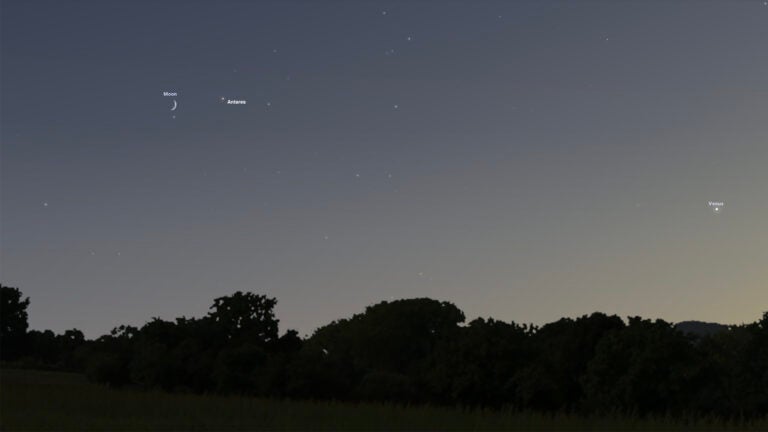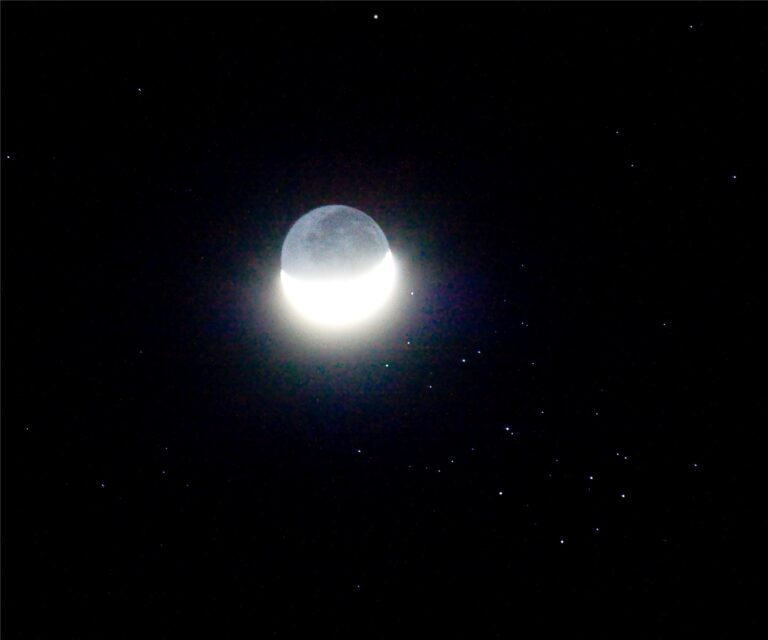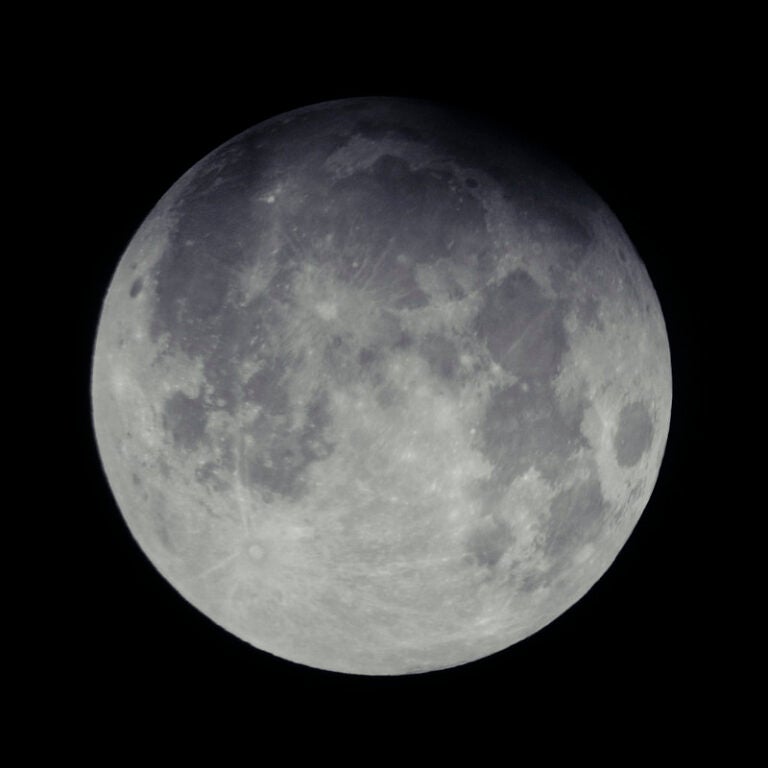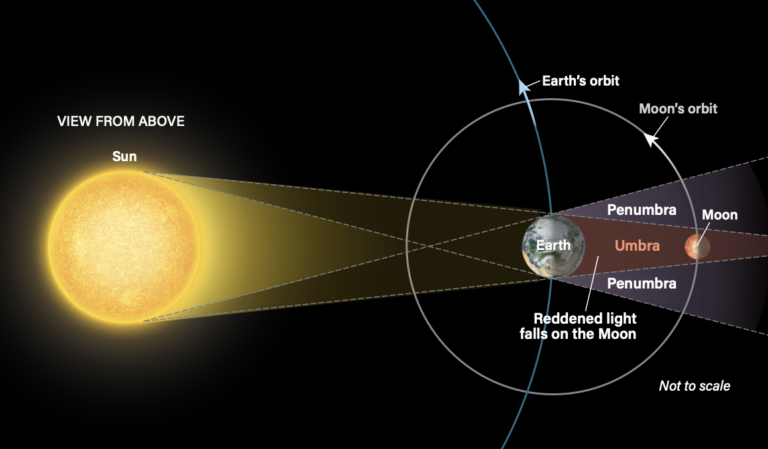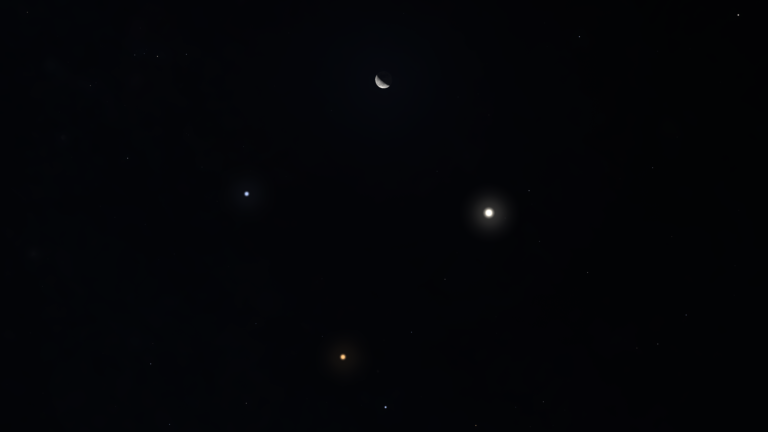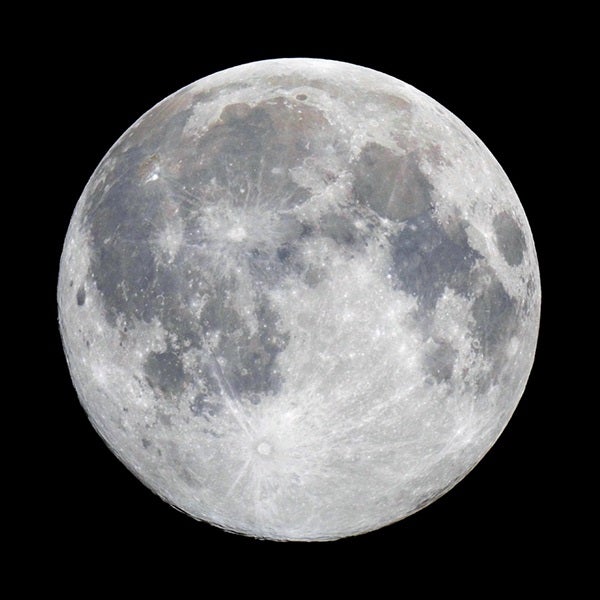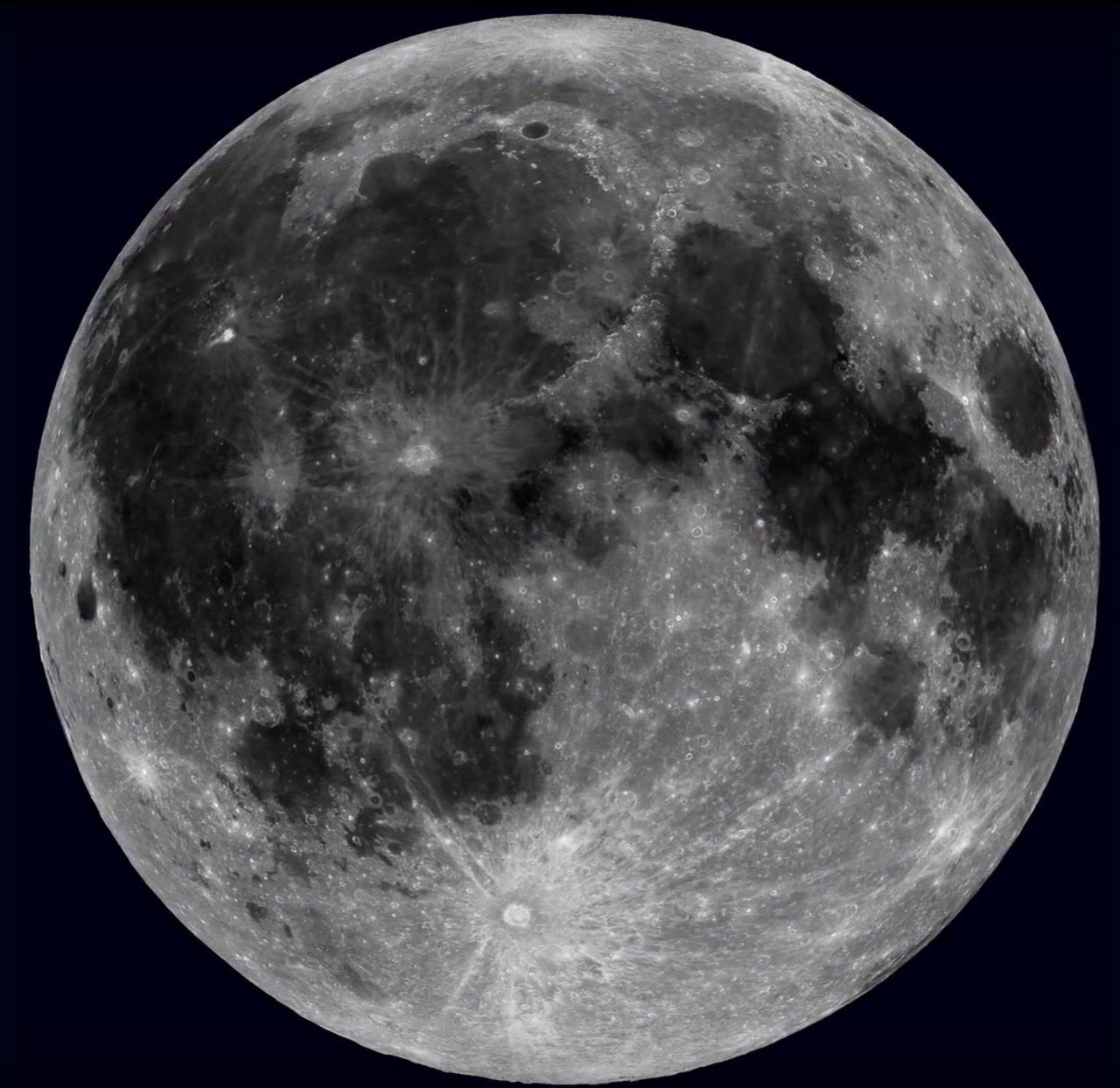
On April 3, 1968, more than a year before Neil Armstrong walked on the Moon, a film that was destined to become a science-fiction classic was shown in U.S. cinemas for the first time. Although many cinema-goers were baffled by 2001: A Space Odyssey, many others fell head over heels in love with Stanley Kubrick’s stark vision of the future.
Compared to today’s sci-fi blockbusters, with their epic space battles, heroes, and villains, 2001 is slow, even ponderous – and yet it stands the test of time. Thoughtful and awe-inspiring, it still looks as fresh and striking as it did when it was first released, proof that you don’t need superheroes, exploding spaceships, or scenes of global devastation to tell a story.
Today, more than half a century since 2001 was released, NASA is gearing up for its long overdue return to the Moon. Hopefully, 2025 will see the Artemis 2 mission carry astronauts around the Moon, in preparation for the Artemis 3 lunar landing a year or so after that. As the Artemis astronauts approach, they will have stunning views of the lunar surface, including the two craters featured in 2001, Clavius and Tycho.
But you don’t need to strap yourself into an Orion capsule atop a mighty SLS rocket to see these landmarks; they are clearly visible through binoculars and telescopes. So let’s embark on a 2024 space odyssey to the Moon, to see for ourselves what Kubrick showed so vividly on screen, and what Artemis crews will see through their spacecraft windows in the years ahead.
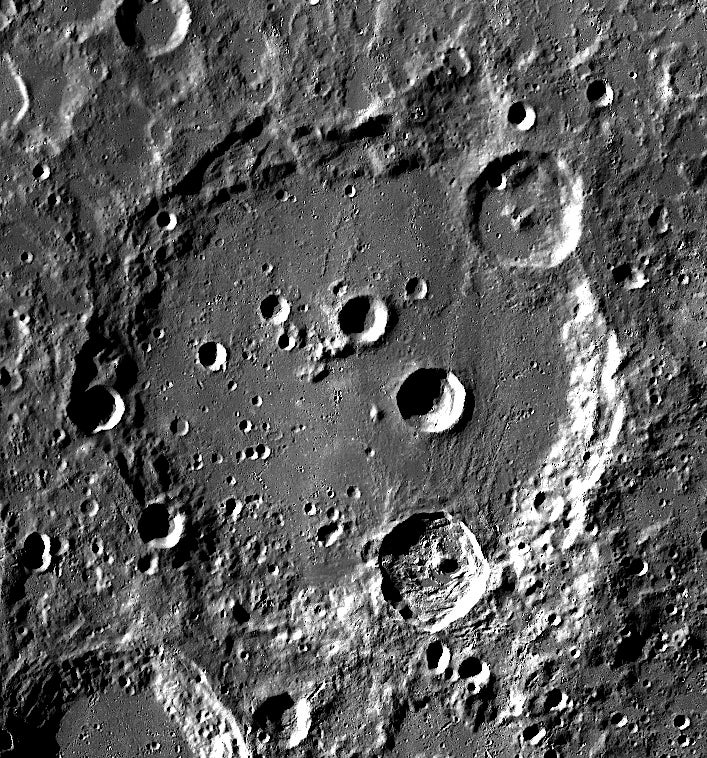
Clavius
Clavius Crater is where the adventure begins in 2001: A Space Odyssey. This large lunar base boasts an impressive spaceport, complete with a petal-protected shuttle landing pad that drops down like an elevator into the facility’s shadowy depths. At the start of the film, astronomer Heywood Floyd arrives at Clavius Base to learn more about the discovery of a strange magnetic anomaly at nearby Tycho Crater. Following a rather tetchy meeting with fellow scientists at Clavius, Floyd heads off to Tycho to see this anomaly – and humanity is never the same again.
Clavius can be found toward the bottom of the lunar disk as we see it in the sky, down in the rugged southern highlands. Named after a German Jesuit priest, Christopher Clavius, it was formed around 4 billion years ago by the impact of a huge asteroid and is an impressive 143.5 miles (231 kilometers) across, making it one of the largest craters on the Moon. Its great size means Clavius is even visible to the naked eye around after First Quarter, when it is close to the terminator, the line between lunar day and night.
Seen from above, Clavius is roughly circular in shape, but it appears much more oval-shaped when seen from Earth; its proximity to the Moon’s limb means our view is greatly foreshortened.
Clavius’s walls are low and worn down, slumped and terraced in places, and are punctured by several substantial craters. On the northern side, the 32-mile-wide (51 km) crater Porter has an impressive central peak, as does 31-mile-wide (50 km) Rutherford on the opposite southern side. Below Rutherford’s northern flank, the crater floor is streaked and etched with a number of lines, like a huge fork was dragged across the ground.
Unlike other large craters, Clavius has no major mountain reaching up from its center, just a worn-down nub of a hill that was partly obliterated by a later impact. Instead, its floor is pockmarked with spatters and chains of many smaller craters. Where Clavius Base was situated in 2001 isn’t clear. The shots of the facility in the film suggest it was somewhere very flat and featureless, so perhaps it was built on the level ground at the southern end of the crater, to the northeast of Rutherford. But who knows?
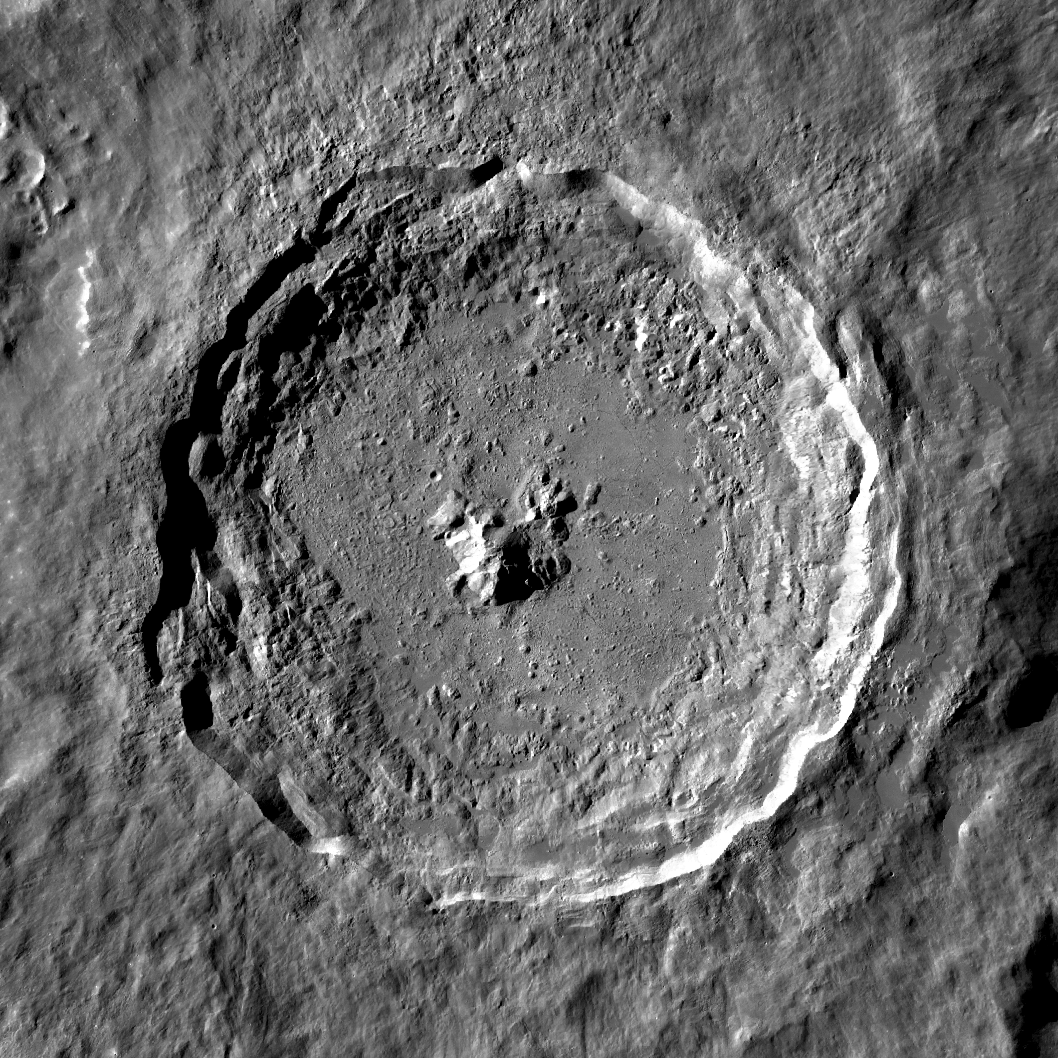
Tycho
Because of its starring role in 2001, many lunar observers consider Tycho to be the most famous crater on the Moon. This asteroid-blasted hole, way down in the southern lunar highlands, is where future scientists detect a mysterious “anomaly.” Digging down under Tycho’s dusty floor, they find a bewildering object: a tall, perfectly smooth slab of material as black as squid ink, bafflingly untouched by time. This “monolith” draws Floyd to the Moon, and during his visit, it begins transmitting an ear-splitting signal into deep space. A crewed expedition is dispatched to investigate, which ends with astronaut Dave Bowman being sent on a mind-boggling, psychedelic journey through space and time, which movie-goers have either loved or hated for more than half a century.
Named after the Danish astronomer Tycho Brahe, a larger-than-life character best known for wearing a gold nose after his own was famously cut off in a duel, Tycho is a deep, circular pit, with steep walls and bright rays shooting away from it on all sides. It is almost embarrassingly easy to find. Just look toward the bottom of the lunar disk when the Moon is Full, and if you have even reasonably good eyesight, you will see what looks like a bright spot there. A pair of binoculars or a small telescope will reveal its rays, radiating away like paint splashed away from a dropped tin. Some of these rays extend more than 932 miles (1,500 km), almost to the top of the lunar disk. They are made of the debris that splashed out from the crater when it was born in a violent impact only 108 million years ago. If any dinosaurs were looking up at the Moon that night, they must have been quite baffled.
Tycho is 53 miles (85 km) across, and almost 3 miles (5 km) deep, with a pronounced central peak that rears up from the center of its hummocky, pitted floor to a height of almost 1.25 miles (2 km). When NASA’s Lunar Reconnaissance Orbiter photographed Tycho in June 2011, it took a breathtaking image showing the mountain casting a long, black shadow across Tycho’s floor and an enormous pale boulder sitting on its summit, dropped there after being blasted out of the Moon’s surface by a nearby later impact.
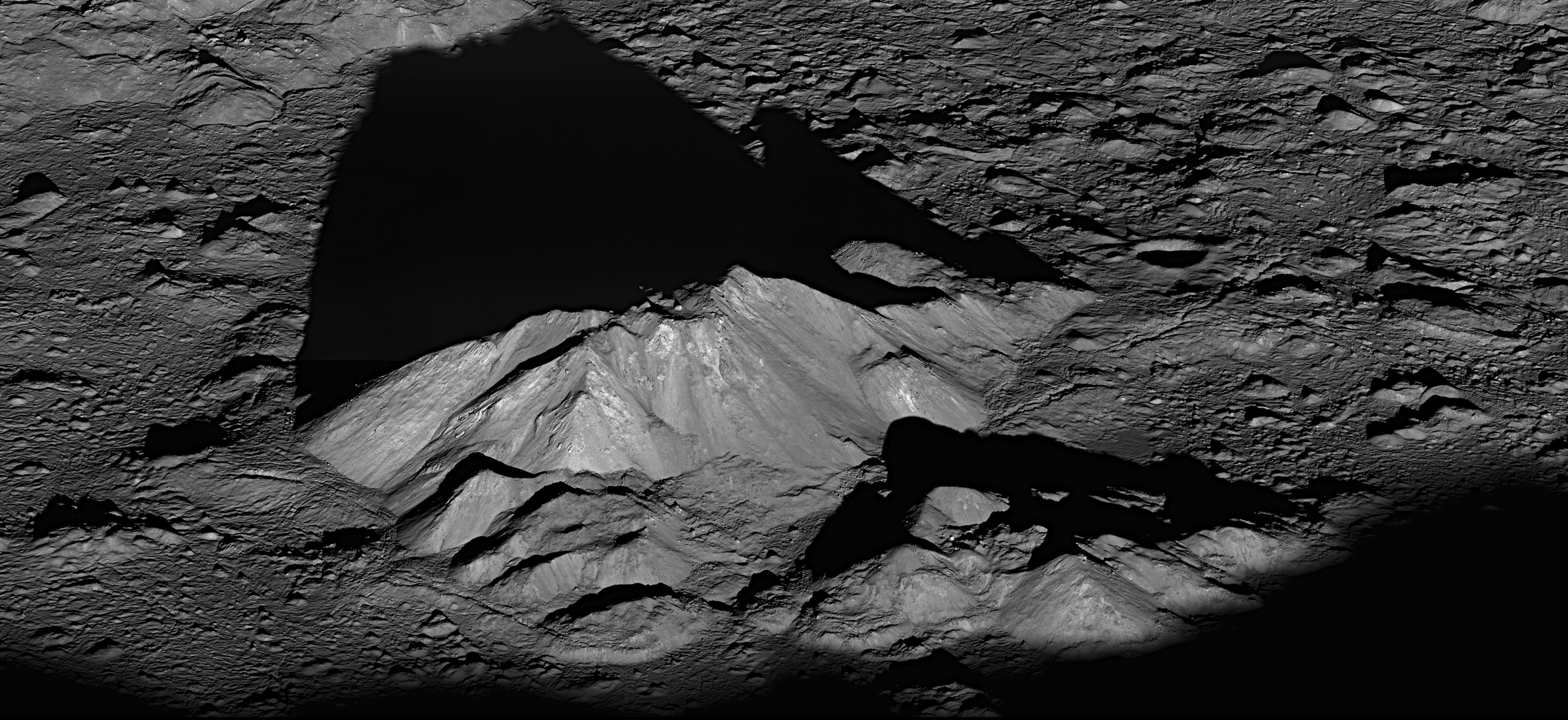
The best time to see Tycho is when the terminator is nearby. With the Sun’s slanting rays illuminating Tycho at a steep angle, even a small telescope will reveal a wealth of detail inside it. Larger instruments show Tycho’s interior walls are broken up into a series of terraces, fascinating detail on the crater floor, and the steep sides of its central peak.
Where exactly the monolith was found within Tycho Crater isn’t clear. You’ll just have to use your imagination…
As NASA’s Artemis program gears up to send human explorers to the Moon once more, take a moment to look for these two famous craters, and celebrate how far our understanding of our nearest neighbor has come since 2001 arrived in cinemas.



